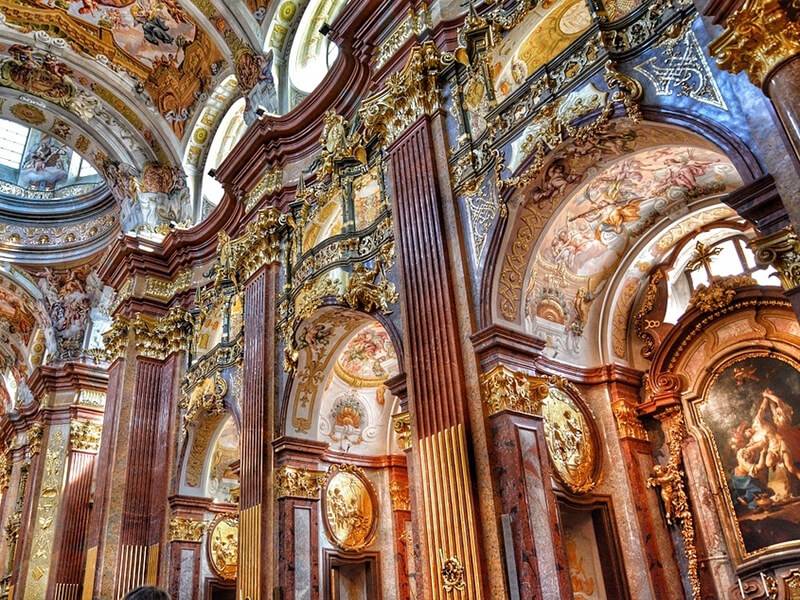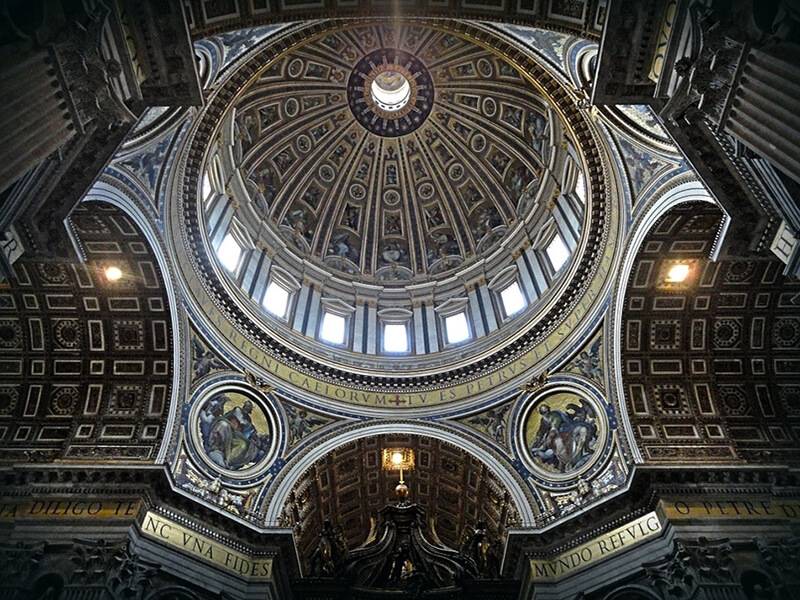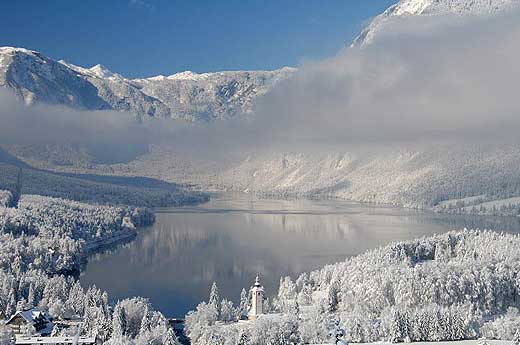Frescoes Slovenia
Frescoes captivate art lovers and cultural explorers with vivid colors, historical narratives, and breathtaking artistic techniques. Whether you’re interested in religious frescoes, Renaissance masterpieces, or ancient mural paintings, exploring fresco art offers a fascinating journey into culture and heritage.
Admire intricate fresco paintings that decorate churches, palaces, and historic buildings, revealing stories of faith, daily life, and legendary figures. Our platform allows you to discover the beauty of frescoes through guided tours, expert insights, and convenient online booking. Learn about the unique methods of fresco painting, restoration processes, and the cultural significance behind these vibrant artworks.
Compare tour options, read reviews, and plan your perfect art-focused itinerary. Whether you’re an art enthusiast, a history lover, or simply curious, fresco tours provide a unique window into the artistic soul of civilizations. Book your fresco experience today and immerse yourself in a colorful world where art and history meet.
Discover the best selection of hotels, apartments, and villas with pools in Slovenia – perfect for your next getaway. Explore top-rated accommodation options, from holiday homes to campsites and mobile homes, all in one place!
Looking for a destination that combines stunning nature, rich culture, and exciting activities? Slovenia is the hidden gem of Central Europe, offering a perfect mix of comfort, adventure, and relaxation. Whether you're planning a romantic escape or a family vacation, you'll find a wide range of hotels, cozy apartments, traditional holiday homes, and luxurious villas with pools that meet every travel style and budget.
For nature lovers and outdoor enthusiasts, Slovenia is paradise. From hiking in Triglav National Park to kayaking on Lake Bled, the list of things to do is endless. Families will love the scenic tourist resorts near lakes and mountains, while couples can enjoy peaceful retreats in countryside holiday houses...
Tourist offers Slovenia
Gastronomy Slovenia
Health Tourism Slovenia
Active Tourism Slovenia
Culture Tourism Slovenia
Nightlife Slovenia
Transfers Slovenia
Events and entertainment Slovenia
Excursions Slovenia
Hotels in Slovenia
Private accommodations in Slovenia
Tourist resorts in Slovenia
Holiday houses in Slovenia
Villas with Pool in Slovenia
Camps, mobile homes in Slovenia
Boat rental in Slovenia
Farm holidays in Slovenia
Hostel in Slovenia
Frescoes Slovenia Offer





















 Professional serivce
Professional serivce Quality tourist service
Quality tourist service 14 years in business
14 years in business A large number of satisfied guests
A large number of satisfied guests